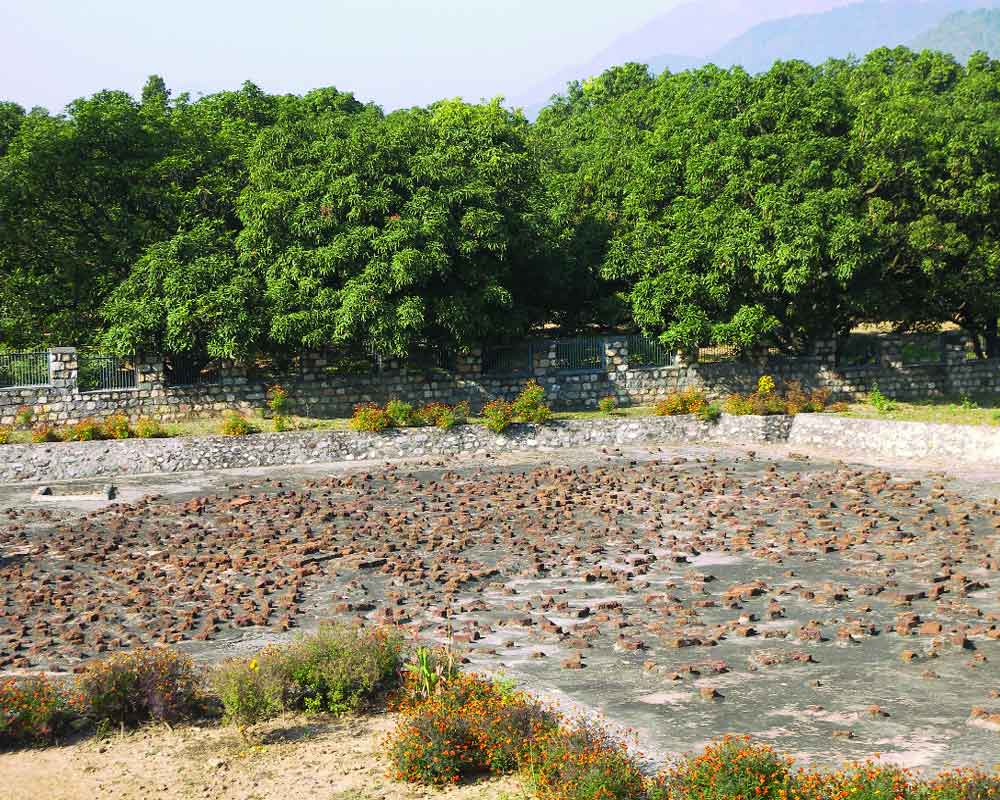Excavated by the Archeological Survey of India (ASI) way back in 1950s, Jagatgram village, the 2,000-year-old site in Dehradun associated with the ancient practice of horse sacrifice or the ritual of Ashvamedha, has been finally declared a monument of national importance.
Ashvamedha rituals find mention in epics like the Ramayana and Mahabharata as well as many other ancient texts. Ashvamedha was conducted by kings to prove their imperial sovereignty.
An official in the ASI said the site known as Jagatgram has remains of three fire altars where the horse sacrifices were presumably conducted. “As it will be now under the ASI fold, efforts will now be on its conservation and protection,” said the official.
The excavated remains of the three fire altars here reveal that they were built in the eagle-shaped Syena Chiti form, where the bird is depicted with its wings spread. According to experts, such altars are extremely rare.
In the period between the first and fifth century AD, Jagatgram and adjoining places like Haripur and Lakhamandal were under the rule of the Verman clan. An inscription on the first altar says King Silavaraman, alias Pona of Yugasaila, who belonged to the Vrishgan gotra, and is believed to have ruled during the 3rd century AD, performed four sacrifices here. (During that period, the western part of the Himalayas was known as Yugasaila).
The excavated remains clearly indicate that after defeat of the Kushnas, the Kunindas might have strong ruling power in the region, extending their rule over adjoining region and enjoyed supremacy till the 3rd to the 4th AD.
The excavations at the second site have revealed a number of inscribed bricks — in a standard two by two feet size — with inscriptions written in the Brahmi script. In the third site, known as Garud Kund, the formation of bricks is in the form of an eagle. All the sites have now been covered with cement and the bricks jut out of the cemented ground.
The ashvamedha ritual prescribed that the horse meant for sacrifice would be allowed to roam around for a year. If it was not challenged by any enemy of the king’s for one year, the animal would be brought back and then sacrificed, to indicate that the king was an undisputed sovereign. The sacrifices were performed after a gap of five years, ostensibly for the “purification of the state and its subjects,” said the official.

























